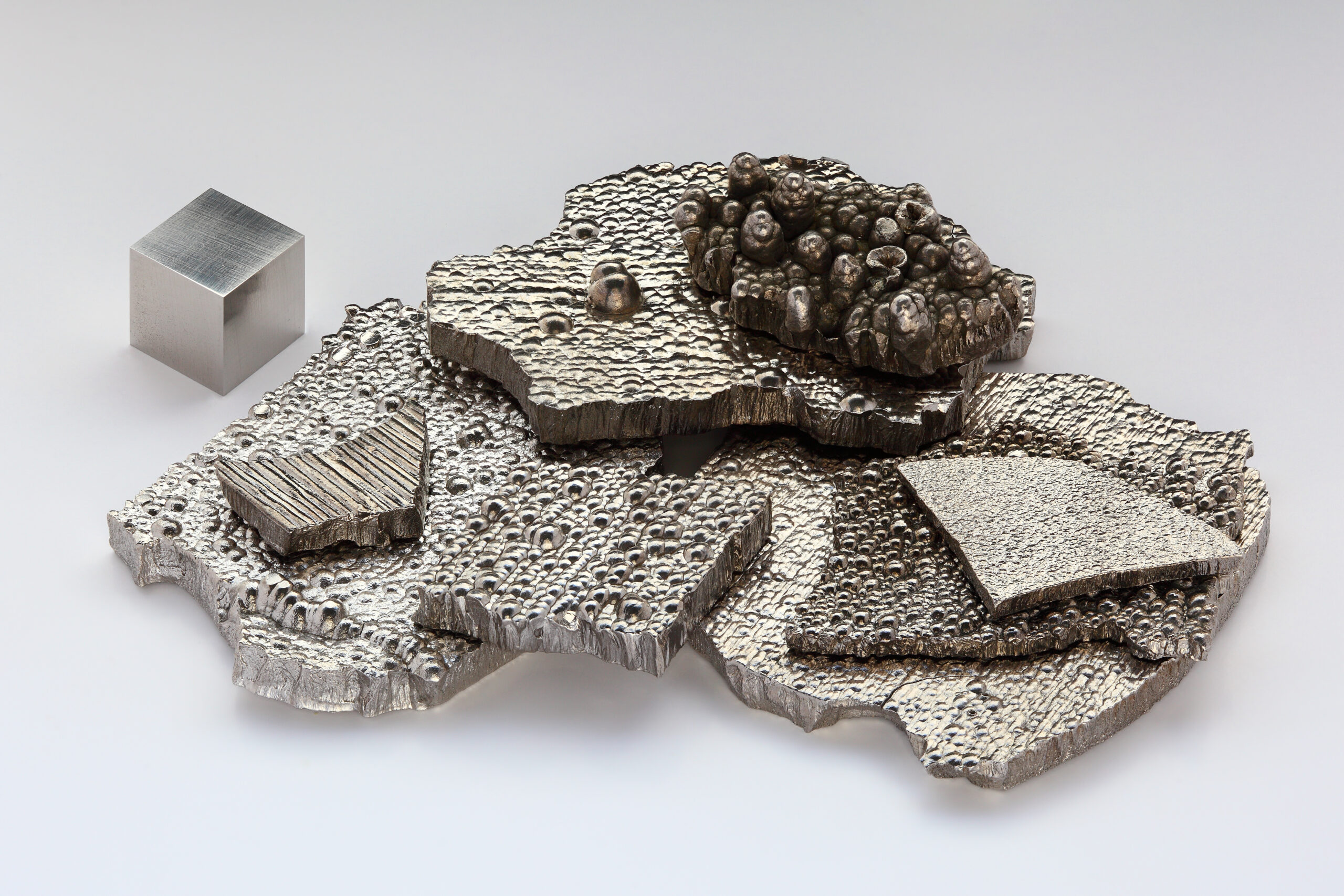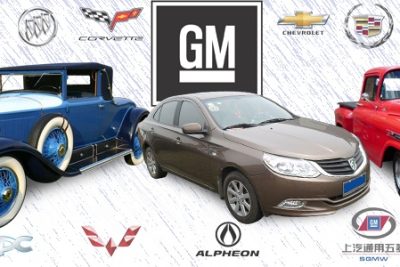
Cobalt: Uses, Supply, and Fascinating Facts Explored

Cobalt is a versatile and vital metal, playing a crucial role in various industries due to its remarkable properties. Known for its strength, resistance to wear, and ability to withstand high temperatures, cobalt is widely used in applications ranging from batteries to superalloys. This article will explore the uses, supply chain, and fascinating facts about cobalt, providing a comprehensive overview of this exceptional element.
In recent years, the demand for cobalt has surged, particularly in the electric vehicle industry and renewable energy storage systems. As the world increasingly seeks sustainable solutions, understanding the cobalt supply chain, production techniques, and major global producers becomes essential. This article aims to provide insight into the history, uses, and significance of cobalt while highlighting its pivotal role in modern technology.
Overview of Cobalt
Cobalt is a lustrous, metallic element with the symbol Co and atomic number 27. It belongs to the transition metals group on the periodic table and is known for its magnetic properties, which make it a valuable component in various alloys. Cobalt is primarily sourced from cobalt-bearing ores, with its most common ores being cobaltite (CoAsS) and erythrite (Co3(AsO4)2·8H2O).
This metal is also known for being a key ingredient in the production of batteries, particularly lithium-ion batteries, which are becoming increasingly popular in consumer electronics and electric vehicles. The unique properties of cobalt contribute to the performance and longevity of these batteries, ensuring that they can hold a charge for extended periods.
Historical Significance of Cobalt
The discovery of cobalt traces back to 1742 when Swedish chemist Georg Brandt identified it as a distinct element. Initially used as a pigment in glass and ceramics, cobalt was highly sought after for its vivid blue color. Over time, its applications expanded significantly, especially in metallurgy.
By the late 19th and early 20th centuries, cobalt began to be recognized for its exceptional properties in creating high-strength alloys. The development of cobalt tools and machinery marked a significant technological advancement, paving the way for its extensive use in various industries.
Primary Uses of Cobalt
Cobalt's versatility has led to its incorporation in numerous applications, ranging from industrial uses to consumer products. Below are some primary uses of cobalt:
- Batteries: Cobalt is an essential component of lithium-ion batteries, which power everything from smartphones to electric vehicles.
- Alloys: Cobalt is used in high-temperature alloys and magnetic alloys, enhancing their strength and resistance to corrosion.
- Catalysts: Cobalt plays a critical role in chemical processes as a catalyst in the production of synthetic fuels.
- Pigments: Despite a shift in use, cobalt is still utilized for its color properties in glass and ceramics.
The Cobalt Supply Chain
The supply chain of cobalt is a complex network that involves multiple stages, from mining and processing to trading and end-use manufacturing. The majority of the world's cobalt is produced as a byproduct of nickel and copper mining, primarily in regions rich in these ores.
As the demand for cobalt continues to rise, the supply chain is under pressure to meet this increasing need. Understanding the dynamics of the cobalt supply chain is critical for businesses and consumers alike, particularly as sustainability and ethical sourcing are brought into focus.
Major Cobalt Producers
The global cobalt industry is dominated by a few key players, each contributing significantly to overall production. The primary cobalt producers include:
- Congo (Kinshasa): The Democratic Republic of the Congo is by far the largest producer of cobalt, accounting for more than 60% of global production.
- China: China is not only a major producer of cobalt but is also the largest consumer, using it primarily for battery production.
- Russia: Russia ranks high in cobalt production, with significant mining operations within the country.
- Australia: Australia has emerged as a significant player in the cobalt market due to its extensive mining capabilities.
- Philippines: The Philippines also contributes to the global cobalt supply, with active mining operations.
Cobalt Mining Locations
Cobalt is primarily extracted from nickel and copper ore deposits, which are abundant in certain geographical areas. The most notable mining regions for cobalt include:
- Central Africa: The Congo Basin is recognized as the leading source of cobalt, known for rich cobalt deposits obtained from both high-grade and low-grade ores.
- Russia: The Siberian region hosts numerous mining facilities that produce significant quantities of cobalt.
- Australia: With several new projects underway, Australia continues to expand its mining capabilities for cobalt extraction.
- Canada: Cobalt mining operations are present in Canada, primarily along the Ontario-Quebec border.
Processing Techniques for Cobalt
The processing of cobalt involves complex techniques to extract and purify the metal for industrial applications. Depending on the cobalt-bearing ores, various methods, including flotation and hydrometallurgy, are employed.
The typical processing path begins with flotation to produce a cobalt-rich concentrate. This concentrate is then subjected to either pyrometallurgical or hydrometallurgical processes to refine the cobalt further. Pyrometallurgical processes involve roasting and smelting, while hydrometallurgical techniques use leaching and solvent extraction.
Cobalt's Physical Properties
Cobalt has unique physical properties that contribute to its wide range of applications. It exhibits a stable hexagonal close-packed structure at low temperatures (below 417°C) and transitions to a face-centered cubic structure as it approaches its melting point of 1,495°C.
These properties enhance cobalt's strength, making it indispensable in high-performance applications. Additionally, cobalt has a high melting point and excellent magnetic properties that further solidify its position in technological advancements.
Environmental and Economic Considerations
As the demand for cobalt grows, so do the concerns surrounding its mining and production. Environmental implications include habitat destruction and pollution from mining activities. Moreover, ethical sourcing of cobalt, particularly from conflict-affected regions, has raised social issues.
From an economic standpoint, the fluctuating prices of cobalt based on demand and supply dynamics can impact industries relying heavily on this metal. Efforts are underway to improve the sustainability of cobalt mining and processing, ensuring that its economic benefits do not come at the risk of environmental degradation.
Fascinating Facts About Cobalt
Cobalt is not only significant for its industrial applications but also rich in interesting facts. Here are a few:
- Color Properties: Cobalt is responsible for the vibrant blue color in pottery, known as "cobalt blue," a favorite among artists.
- Space Applications: The aerospace industry utilizes cobalt-based superalloys for constructing components that withstand extreme temperatures and pressures.
- Biological Role: Cobalt is essential for human health in small amounts, as it is a component of vitamin B12.
- Recycling: Cobalt is one of the most recyclable metals, with efficient processes in place to recover it from used batteries and electronic waste.
Conclusion
Cobalt is a fundamental metal with extensive applications across various industries, ranging from electronics to aerospace. Understanding the complexities of the cobalt supply chain and its environmental implications is essential as we move towards a more sustainable future. With its remarkable properties, cobalt continues to shape modern technology and will likely remain a critical resource for years to come. As industries and consumers become increasingly aware of the importance of ethical sourcing, the focus on cobalt will only intensify, highlighting its significance in today's global economy.
Did you find this article helpful? Cobalt: Uses, Supply, and Fascinating Facts Explored See more here General.
Leave a Reply





Related posts